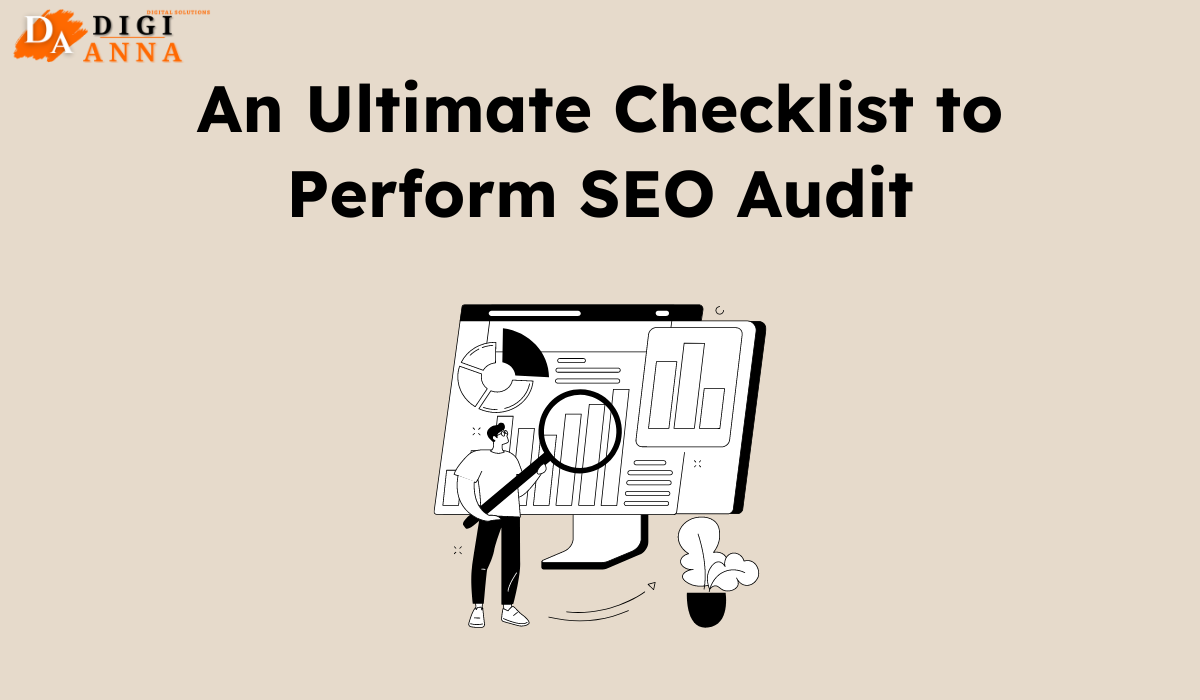Bounce rate refers to the percentage of visitors who land on a website and leave without interacting with any other page.
Bounce rate is a metric that refers to the percentage of website visitors who leave a site after viewing only one page, without engaging further or interacting with any other content. It represents the percentage of people who “bounce”—that is, leave without interacting. Therefore, it measures the effectiveness of a site’s content in engaging visitors.
For its calculation, you need two key metrics: the total number of visitors who bounced from your site and the total number of visitors to the site during a specific period.
The formula is straightforward:
Bounce Rate = (Total number of bounces/Total number of visits)×100
Example: If your website had 500 single-page visits out of 1000 total visits, it would be (500/1000) × 100 = 50%
| Basis | Bounce Rate | Exit Rate |
| Definition | The percentage of users who leave a website after only reading one page. | Indicates the percentage of visitors who leave your site after viewing multiple pages, considering the last page as their exit point. |
| Engagement Focus | Focuses on single-page sessions, highlighting how often users leave without exploring further. | Considers the overall site engagement, pinpointing where visitors commonly exit during their journey. |
| Page Specificity | Applies to individual pages, emphasizing the immediate user interaction with a specific page. | Encompasses the entire website, providing insights into overall user departure patterns. |
| User Behavior | Indicates users may not find what they need on the landing page or find it unappealing. | Suggests users might be completing a desired action before leaving, such as finishing a transaction or reading multiple pages. |
| Interpretation | High bounce rates may signal a need for improved content, user experience, or relevance on the landing page. | High exit rates may pinpoint specific pages or steps in the user journey that require optimization. |
Typically, it vary depending on the type of website and its industry. For instance, content-heavy sites like blogs might have lower bounce rates compared to landing pages or e-commerce sites.
However, as a general guideline, a bounce rate between 26% to 40% is often seen as average. Yet, remember, this can fluctuate based on factors like website design, content quality, and user intent.
It serves as a vital indicator of user satisfaction and website effectiveness. A lower bounce rate signifies that visitors are finding value in your content and are more likely to explore further. It indicates higher engagement and potential conversions. Moreover, improving it can positively impact SEO rankings and user satisfaction.
On the other hand, a higher bounce ratemay signify issues such as poor site design, irrelevant content, slow loading times, unclear navigation or overall site quality.
Although it is not a direct ranking factor for search engines, but it indirectly influences your website’s SEO. High bounce rates may signal irrelevant content or poor user experience, potentially impacting rankings. To enhance SEO, focus on engaging, relevant content and improving website usability, encouraging visitors to stay longer. While not the sole metric, a lower bounce rate contributes to a positive user experience, positively influencing search engine rankings.
To enhance your website’s performance and lower the bounce rate, consider the following strategies.
Share this article with others


